Season Recap: Zak Irvin

[This is a series reviewing last year's primary contributors]
via Ace
It’s worth remembering that Zak Irvin entered the season at less than 100% after losing months of practice and workout time to a back injury. He struggled to return to form early in the season, shooting an abysmal percentage from three – no doubt due at least partially to the lingering effects of the injury. Then, just like last year, he was thrust into a prominent offensive role due to injury and had to stay on the court for nearly entire games in conference play (only Yogi Ferrell played more minutes in B1G games in each of the last two years). After LeVert’s injury, Irvin was forced into much tougher shots, much more offensive responsibility, and a critical leadership role with both seniors injured.
While there were some notable highs – Zak was the best player on the floor in wins against Purdue and Maryland, and he hit a couple huge late-game shots like the one gif’d above – there were struggles as well. Because of his low shooting percentages (over three-quarters of his shots were jump shots, which had an incredibly low eFG% of 41.9%), his efficiency numbers were dragged down, and were the worst on the team:
But, as the chart shows, Zak used more possessions in sum than any other Wolverine. While his usage rate itself wasn’t abnormally high, the sheer amount of minutes he played drives his total contributions close to what you would expect from your lead guy – or at the very least, to within the range of the most critical of your offensive pieces. As you can see, Irvin is near the bottom of the pack efficiency-wise of those types of players.
[After the JUMP, how Zak handled the alpha role]
Michigan clearly wasn’t ready to thrust him into a lead role (because they had an All-American potential player in LeVert), and there’s no doubt that both his recent injuries and heavy workload (especially on defense, where he was physically battling with bigger players) affected his level of efficiency. The types of players he was on the floor with were very rarely shot creators: Derrick Walton’s assist rate of 24.4 is the only one higher than Irvin’s 18.0 in the main rotation,* and players like Muhammad-Ali Abdur-Rahkman, Duncan Robinson, and Aubrey Dawkins contributed very little in terms of creating good looks for Zak.
When Michigan ran lackadaisical offense and was leveraged into late-clock pick-and-rolls or isos, Irvin was often the one with the ball in his hands in difficult situations. With Walton’s frustrating inability to convert opportunities inside the arc, it was Michigan’s best option. While others on the roster are seemingly hesitant to seize open looks, Irvin (who, deep down, is a guy who loves to hoist shots) became the de facto alpha dog down the stretch in Michigan’s improbable postseason. With Irvin shooting jumpers as inefficiently as he did, it was far from an ideal arrangement, but Beilein’s injury-depleted rotation had to make it work. It sorta did.
*LeVert’s was 32.9 before he went down with his foot injury, which would have been in the Top 50 nationally. His last game was a points-assists double-double. Oh, what could have been…
Fuller
Irvin’s missed offseason is surely a factor in him being pretty much the same player as he was a year before, save for his worse 3-point shooting (35.1% in 2015, 29.8% in 2016) and far better assist rate (10.4 improving to 18.0). The development in his playmaking – from a black hole as a freshman to a solidly above-average passing wing – has been very encouraging; the steady decline in his 3-point % has been equally discouraging. Save for those two factors, his statistical profile was pretty close to identical.
And his shooting splits this past year were quite poor. His hot-shooting freshman year feels like a distant memory – his injury and his unorthodox form are partially to blame and the quality of looks has definitely gone down, but ultimately this is just not ideal for an offense’s go-to option:
His early-season 3-point % was so bad that it had to be due to the injury, and after LeVert got hurt, Zak was forced into far more mid-range shots off the dribble than he should have been taking. It was slightly disappointing to see his percentage at the rim drop in Big Ten play (no doubt due to the far better rim protection than most of Michigan’s non-conference opponents), but he just wasn’t getting there enough at any point this season: he took 397 jump shots and 90 shots at the rim. How much of that was due to a lack of conditioning entering the season is anyone’s guess, but he has a slow, long first step and just isn’t the type of player who can get a ton of looks at the rim. Even though he was often guarded by more traditional power forwards, Irvin was frequently taking shots from outside or trying to pass the ball when he got too deep into the paint.
Weirdly, his shooting was extremely one-sided:
Right-handed players usually shoot better from the left side of the court, but this disparity is extreme. The breakdown of shots by side is pretty even and suggests that perhaps Irvin should have spent more time as the “three” in the Michigan offense – starting on that left side of the floor – than he did. That he made only 1 of 16 right corner threes is baffling, frankly.
* * *
With the new 2016 player data in my similarity score database, there are over 1,000 potential comparisons for a given player. Let’s check out Irvin’s:
Not a great list. Tre Demps was a combo guard with the reputation of a chucker for Northwestern during his career in Evanston, and he was often the man with the ball in his hands for (typically unsuccessful) late-clock situations. William Buford was a disappointing senior swingman on a very good OSU team; Durrell Summers was a disappointing senior swingman on an equally disappointing MSU team. Then there’s Tim Hardaway, who was drafted in the first round after that successful junior season – and the difference in their offensive ratings is directly correlated to their difference in three-point %.
Zak needs to shoot better from three next season. Hardaway is a promising comparison as he was a secondary scorer on an elite team, but Irvin would need to make enough jumpers to drive up his efficiency considerably.
* * *
Life with Irvin as Michigan’s 1A or 1B option (depending on who you think is more crucial between he and Derrick Walton) hasn’t been as bad as the above numbers would suggest. He averaged 14.4 points, 4.4 rebounds, and 2.6 assists per game in Michigan’s five better-than-expected-on-the-whole postseason games. At his best, he can be the difference in dragging a worse team over an upset over a bigger and stronger opponent:
Despite these wins over two enormous teams, Michigan can still struggle with size – look no further than the State game – but it’s fascinating that they were able to get their two biggest wins against Maryland and Purdue, teams that should theoretically punish Michigan inside for 40 minutes with ease. The wins came in different ways, but the MVP for Michigan was the same in both games: Zak Irvin.
And, really, it’s Irvin’s potential at the four that does so much for Michigan: against Maryland, he forced them to go away from their best lineup and avoid playing their three most effective players at the same time; against Purdue, Matt Painter decided to stick with Swanigan on Irvin and paid for it dearly as Irvin decisively won that matchup. As a guy who can play the two, run the pick-and-roll very patiently, and shoot well enough [ED: later proven to be untrue] – over 40% in Big Ten play – Irvin is a matchup nightmare at the four; because of his improvements on the defensive end, he’s game enough to handle bigger players and make them work for their buckets.
This recap hadn’t even mentioned Irvin’s defense, which has undeniably improved since his freshman year. While I’m reluctant to give much defensive praise to anyone on the roster because of how bad they were collectively, I don’t think that Zak was among the most responsible for Michigan’s struggles on that end. And I don’t think that Michigan is hampered much by playing him at the four on defense for significant minutes – very rarely would you want to give a college power forward around a dozen post-ups per game in today’s day in age and more and more teams are moving away from a post-up-heavy offense anyways. When guarding other wings, Zak often seemed a step slow, but wasn’t as bad as the other wings. His rebounding on the defensive end of the floor is much better than he’s commonly given credit for.
It will be interesting to see if he looks like a completely different player next year. Instead of spending an offseason getting stronger and more athletic, he was sidelined, and as a result, his progression plateaued. You evidently can be an NCAA Tournament-level team with Irvin as your top option, but the ceiling didn’t seem to be that much higher. With Irvin (and Walton) slated to lead the team again in their final go-round as seniors, I really wouldn’t be surprised to see Zak look quicker. The biggest question is his three-point shooting: if he can get up a ton of jumpers this summer and correct his form to the point where he’s shooting even a middling percentage, he’d be a strong candidate for a breakout season as a senior.
Start making cash right now... Get more time with your family by doing jobs that only require for you to have a computer and an internet access and you can have that at your home. Start bringing up to $8012 a month. I've started this job and I've never been happier and now I am sharing it with you, so you can try it too. You can check it out here...
---------------->> http://www.online.factoryofincome.com

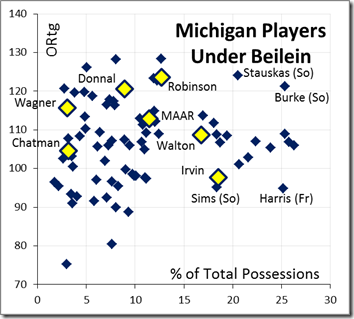
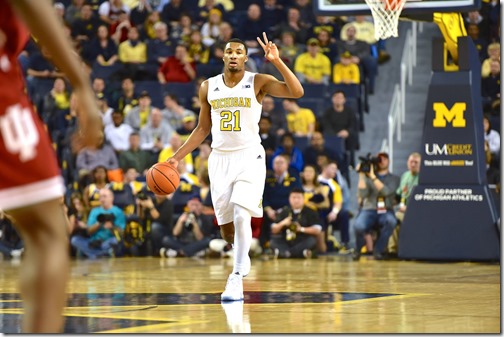
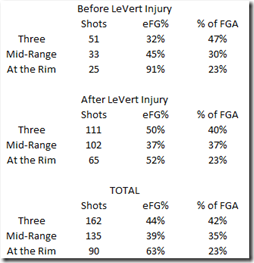
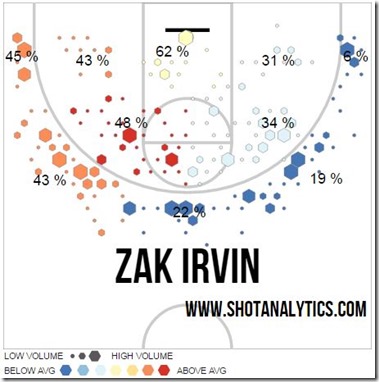

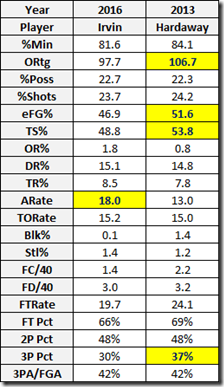

Comments